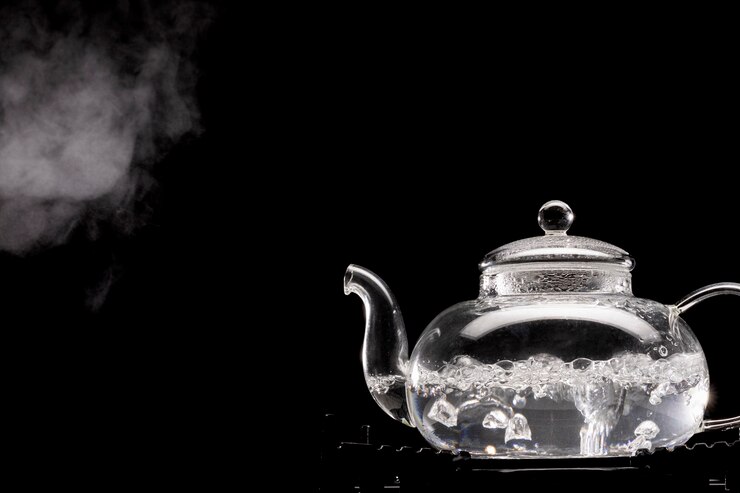1. Introduction
Burns are common injuries with various causes, and understanding the differences in the effects of boiling water and steam is crucial. This article delves into the severity of burn injuries caused by boiling water and steam, highlighting the distinct risks associated with each.
2. Boiling Water Burns
- Contact Burns: Direct contact with boiling water can cause immediate burns, leading to damage to the skin and underlying tissues.
- Severity: The severity of burns depends on factors such as temperature, duration of exposure, and the amount of water involved.
- Treatment: Immediate first aid involves cooling the affected area with cold running water and seeking medical attention for severe burns.
3. Steam Burns
- Scald Burns: Steam burns typically result from exposure to hot vapor or steam. The heat carried by steam can cause scalding injuries on contact with the skin.
- Penetration: Steam can penetrate the skin more deeply than boiling water, leading to more severe injuries.
- Treatment: Similar to boiling water burns, immediate cooling of the affected area is crucial, and medical attention is necessary for severe cases.
4. Factors Influencing Severity
- Temperature: Higher temperatures increase the severity of burns for both boiling water and steam.
- Duration of Exposure: Longer exposure intensifies the damage caused by burns.
- Proximity to the Source: Closer proximity to the source of steam or boiling water enhances the risk of severe burns.
5. Vulnerable Body Parts
- Face and Hands: These areas are particularly vulnerable to burns from both boiling water and steam due to their frequent exposure.
- Respiratory Tract: Inhalation of steam can cause burns in the respiratory tract, posing additional risks.
6. Prevention Strategies
- Caution During Cooking: Be cautious when handling boiling water and steam in the kitchen, using appropriate protective measures.
- Child Safety: Keep children away from hot liquids, and use safety locks on appliances.
- Proper Ventilation: Ensure adequate ventilation in areas where steam is generated to reduce the concentration of hot vapor.
7. Medical Response
- Cooling: Immediate cooling with cold water is a crucial first aid measure for both boiling water and steam burns.
- Medical Consultation: Seek medical attention for all burns, especially those involving large areas, deep penetration, or affecting sensitive areas like the face and hands.
8. Conclusion
While both boiling water and steam can cause burns, it’s essential to recognize the distinct risks associated with each. Understanding the factors influencing the severity of burns and adopting preventive measures is key to minimizing the risk of burn injuries. In cases of burn incidents, prompt and appropriate first aid, followed by professional medical evaluation, is imperative for optimal recovery and reduced long-term effects.

